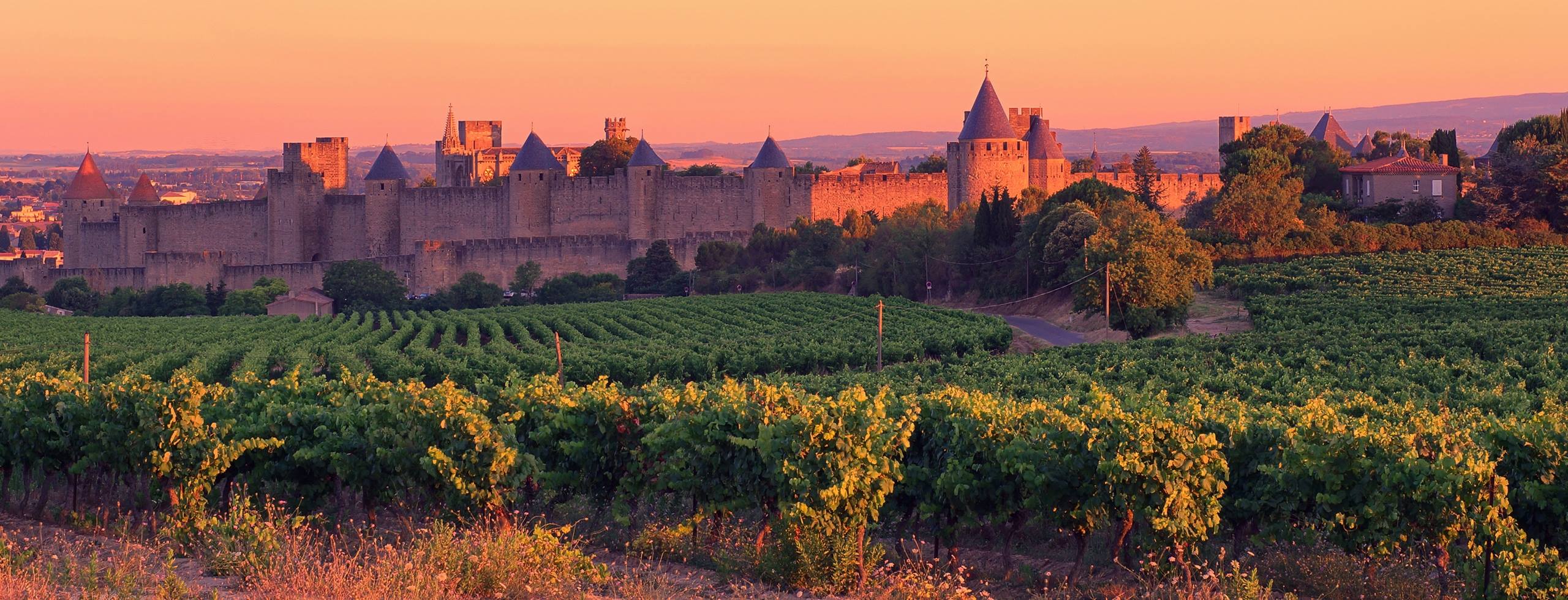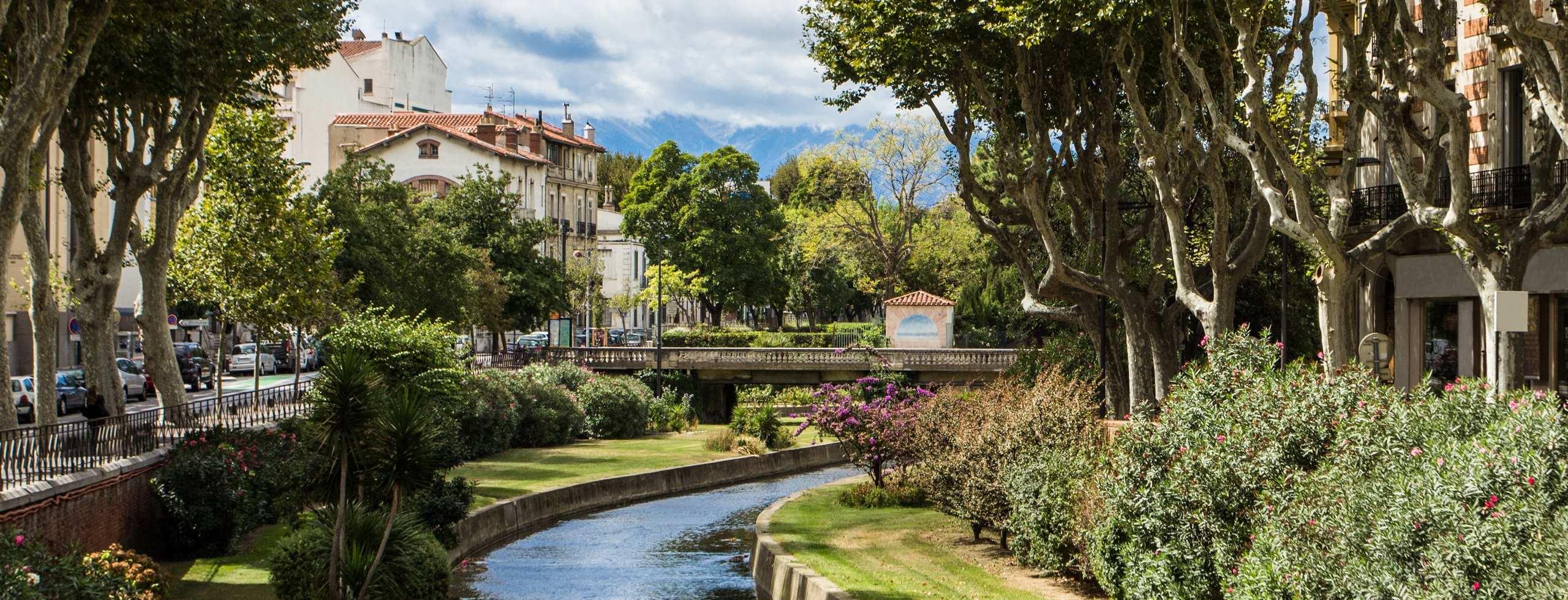Languedoc and Roussillon are two distinct and historic provinces west of Provence in the southern most region of mainland France. Stretching from the foothills of the great Pyrenees mountains on the Spanish border to the mouth of the Rhone River, this region of France has seen many wars throughout its history, yet still retains its idyllic and scenic character. Home to the ever expanding city of Montpellier, and the fortified city of Carcassonne, the Languedoc-Roussillon region is full of off-the-beaten-path opportunities for travelers seeking to experience traditional France.
• Rich history
• Historical landmarks
• Excellent restaurants
• Diverse architecture
Languedoc-Roussillon history is long and varied, beginning over 450 thousand years ago in several caves of the region. From the 6th century BC seafaring people of the Mediterranean began settling in the area, the Greeks founded Marseille and imported olive and wine cultivation. Next the Romans founded Narbonne, Nimes, and Beziers; the Visigoths followed, then Muslims from North Africa, and Charlemagne with his Frankish knights.
Historically, geographically, and culturally this region of France has naturally had much in common with neighboring Spain. The city of Montpellier is notable in particular as one of the few settlements in France without any Roman influence, and this can be seen in its fantastic examples of Spanish and Moorish architecture. The whole region saw tremendous upheavals through out the Middle Ages, with some of the most well known crusaders originating from here, such as Raymond of Toulouse.
One of the worst hit regions by both the Black Death and the Inquisition in France, Languedoc-Roussillon also suffered from attacks by Moors, Cathars, and Spanish for most of its history. It is notable both for its high level of Jewish communities, which flourished due to the religious tolerance through much of its existence, as well as for it being one of the few regions in France that is predominately Protestant. Following the colonization of Algeria by the French, the area saw a huge influx of North Africans, further adding to the cultural diversity of the region.



 View Map
View Map 

